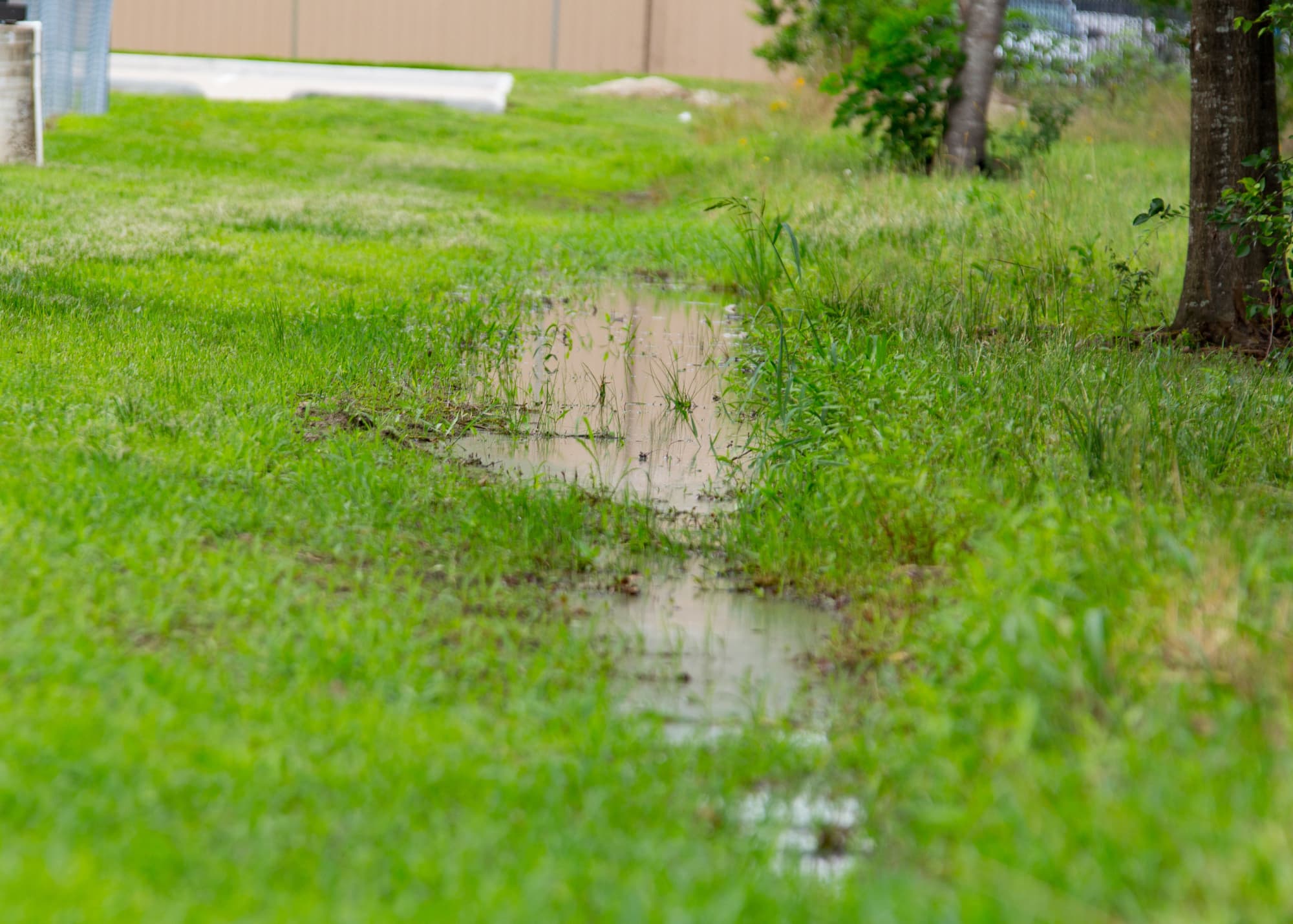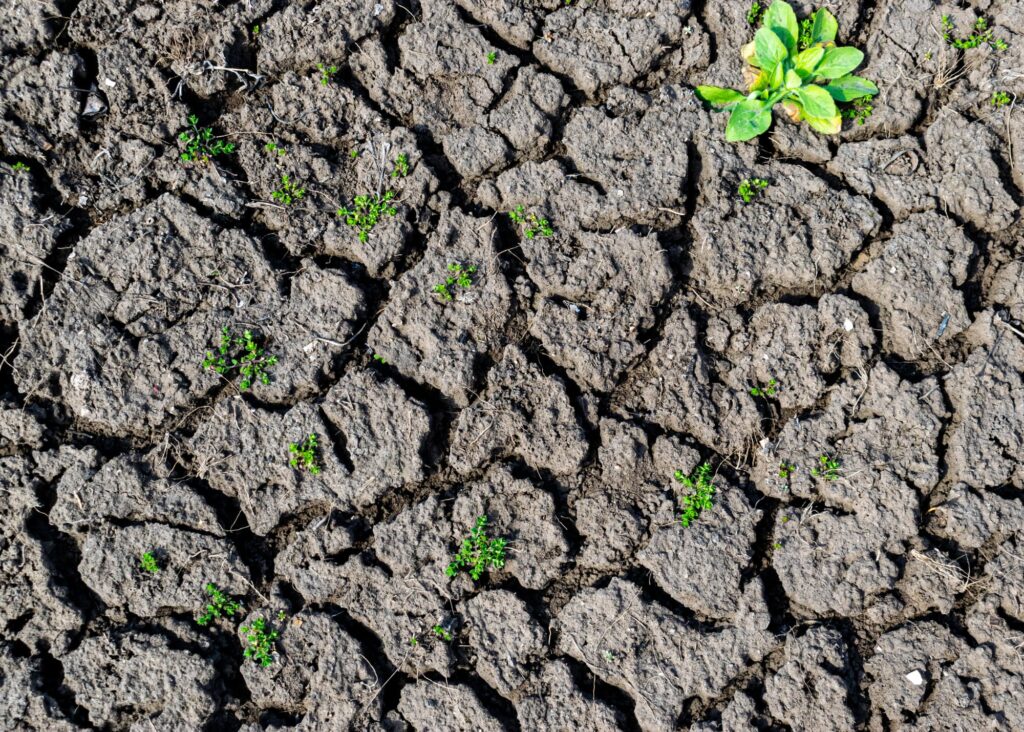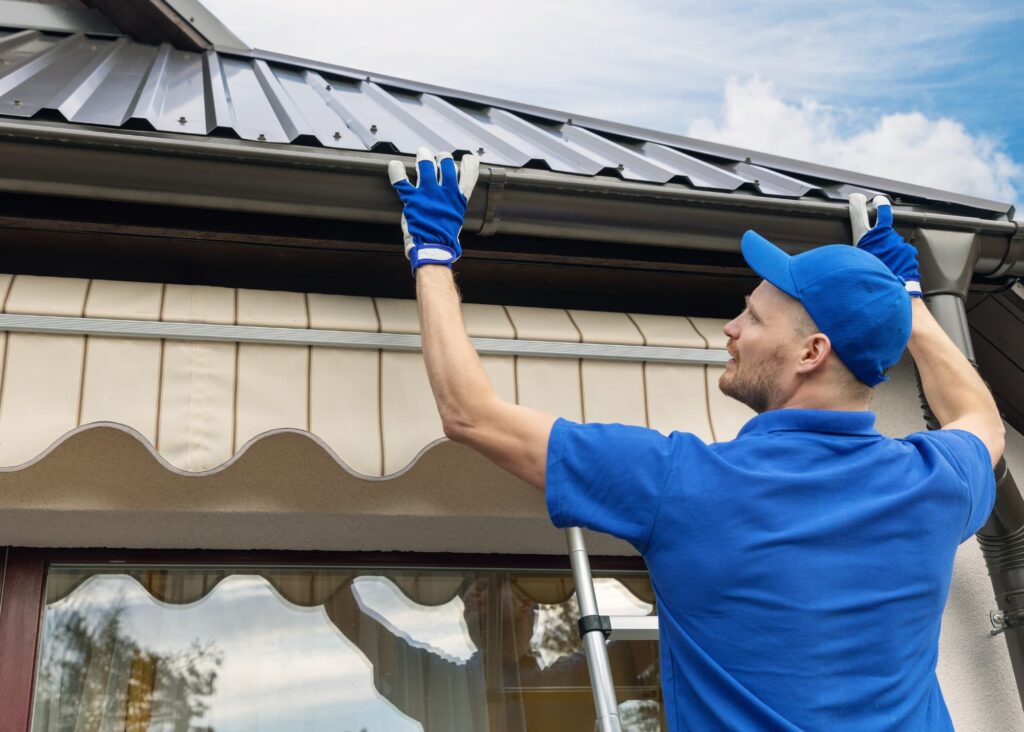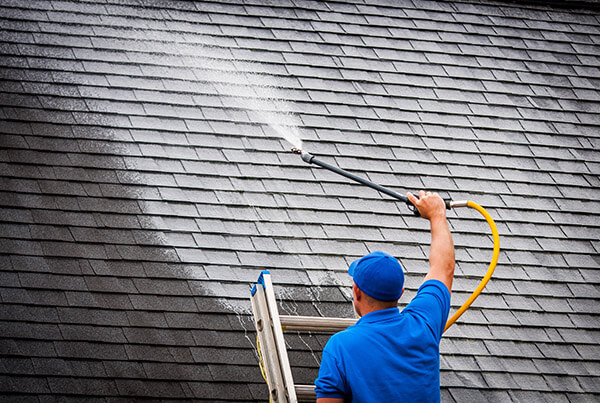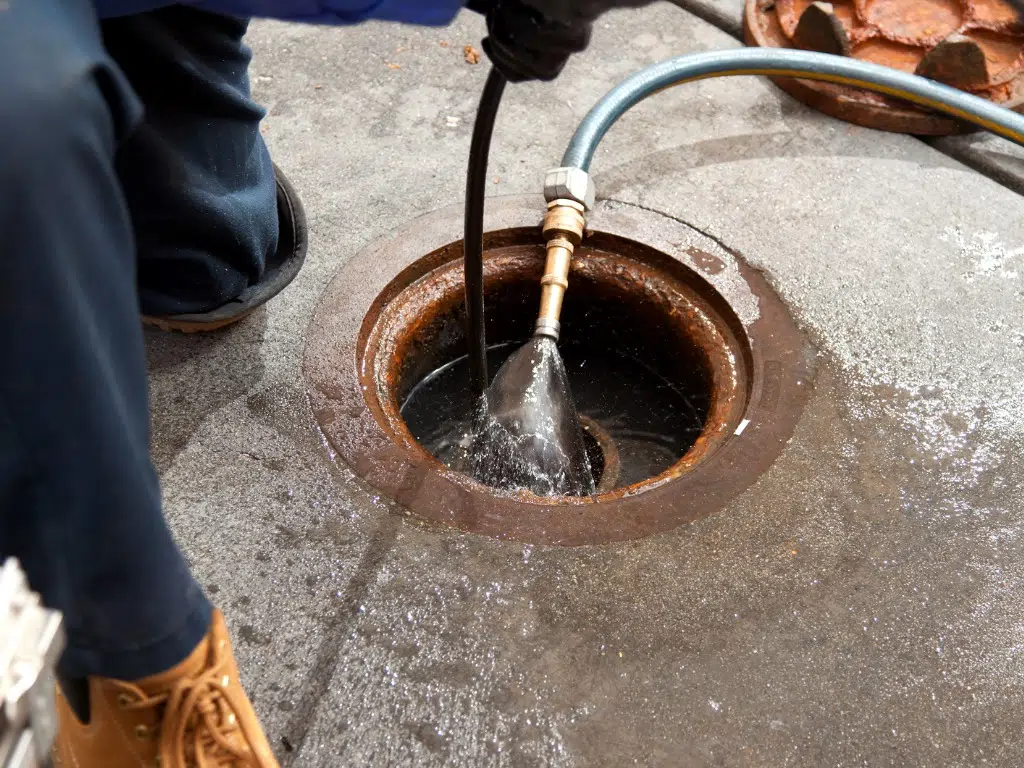Homeowners in northeastern Illinois and nationwide understand the property headaches and challenges that can result from heavy rain or snow. Although consistent moisture can help your yard to shine with lush color and healthy grass, excessive stormwater can also create standing water in your yard.
You long to be able to enjoy your outdoor sanctuary with your loved ones. Your kids want to play in the yard. However, pooling water is preventing your enjoyment of your property.
How can you fix pooling water in your yard? How can you prevent swamp-like conditions and flooding issues from trapping you inside?
Let’s take a look at the causes, effects, and how to fix a yard that holds water.
What causes pooling water in yards?
Although backyard flooding and standing (or pooling) water are similar challenges for homeowners, the two issues are not the same. Flooding may occur after a storm and leave your yard soggy, but storm runoff will disappear with the right yard drainage system.
Pooling water may be caused by a multitude of issues and cause threats to your property. It plagues many residential backyards, but can easily be fixed. In order to get rid of standing water in your yard, it’s important to know what causes it. Here are several of the most prevalent causes of pooling water in yards.
Drainage issues
If your yard doesn’t have an efficient drainage system, excess water cannot be easily dispersed. Poor yard drainage occurs as a result of issues like improper grading, a lack of landscaping or hardscaping features, rotted or clogged gutters, and the lack of a well-maintained, working yard drain can all lead to standing water in your yard.
Poor drainage can adversely impact your property, so it’s important to assess your drainage system and repair as needed. French drains and dry wells are just two popular options that may help fix your drainage issues.
Improper grading
Yard grading is a leveling technique used by landscapers to create slopes conducive to water dispersement and yard drainage. Homeowners with flat or extremely steep yards that lack gradual inclines may find a low spot in their yards that collects water, or problematic pockets of standing water in the yard.
Compacted soil
Compacted soil can be caused by clay-like soil, heavy foot traffic, vehicles, or lawn equipment, and can contribute to standing water in your yard. When your soil compacts, it becomes extremely dense and loses its porous benefits.
This prevents water from infiltrating the top layers of soil and nourishing plant roots. Water that pools on top of compacted soil has no place to go, which can create problematic standing water.
Issues caused by low spots and pooling water
Standing or pooling water in your yard can become an eyesore, and can present real issues for your property as well. Some of the issues caused if you don’t know how to prevent standing water in the yard or fix low spots in the yard that collect water include:
- Breeding ground for dangerous bacteria and insects like mosquitoes
- Landscaping damage
- Mold
- Mildew
- Pollution
- Risks to the structural integrity of your property
- Septic system failure
- Slip and fall accidents
- Soil erosion
How to fix a yard that holds water
The great news is that there are many ways to fix a yard that holds water. Although hiring an expert landscaping team is the best option to ensure your yard is repaired, there are some DIY options for you as well.
Fill low spots
Small holes, depressions, and basins in your yard may consistently retain standing water and cause significant soil erosion. You can fix the low spots in your yard that collect water with a simple DIY project.
Fill these low spots with gravel, mulch, or dirt to direct water flow away from your property and to keep water from collecting.
Install new gutters
Gutters go through extensive wear and tear, and standing water can clog and rot them. Gutters collect stormwater runoff and direct it to the downspout, which then disperses water into your yard. A new, efficient gutter system can greatly contribute to reducing standing water.
Grading your yard
If your current landscaping doesn’t include proper grading, pooling water could become a constant issue. The right landscaping team can assess your yard, add subtle grading to fix low spots in your yard that collect water, and create inclines that allow water runoff to disperse.
Avoid overwatering your lawn
Keep up with the maintenance of your sprinkler system and create a watering schedule. For example, daily watering of your lawn may not be necessary. If you oversaturate your landscape, you may find standing water in your yard that won’t disperse.
Replace your yard drainage system
An excellent landscaping team can assess your current yard drains and advise you on your options to replace them. Yard drainage systems like the French drain can reduce your standing water issues, are extremely cost-effective, and require little to no maintenance.
FAQ about standing water and low spots
What are three methods to improve poor drainage?
Poor drainage is one of the primary causes of standing water in your yard. Here are three easy DIY ways to help improve your yard drainage:
- Mix compost with your topsoil:
If you notice a small area of your yard is impacted by standing water, you may be able to fix the issue with compost. It only takes a small amount of compost to help aerate your soil and reduce pooling water issues.
Mix equal parts of compost and topsoil and add to your yard to eradicate standing water and nourish your plant growth and soil ecosystem.
- Build a rain garden:
According to This Old House, rain gardens are a great way to beautify your landscape, fill low spots, fix poor drainage by diverting water runoff, and reduce pooling water issues. Although this can be a DIY project, hiring landscapers may be the most cost-effective and efficient method.
- Grow water-loving plants:
Whether you build a rain garden, or just have a standard garden in place, filling these spaces with plants that thrive on water can help with poor drainage issues. For example, flowers like daylilies and hibiscus will soak up excess water from your yard.
How do you fix a swampy yard?
Nobody wants a swampy yard. Often the result of standing water or flooding, swampy yards present many stress-inducing challenges for homeowners. Aerate your soil, combine soil with compost, manure, or grass clippings, add gravel, mulch, or rocks to problematic areas and watch the swamp drain.
What is considered a drainage problem?
Homeowners will often immediately notice if they have a drainage problem. However, getting to the root of the issue may take a bit more time. Drainage problems can include:
- Improperly installed downspouts
- Improperly installed gutters
- Oversaturation of soil (which reduces pores and prevents water runoff and air from nourishing healthy soil)
- Poorly landscaped yard
- Rusted or broken pipes
- Soil erosion
- Standing water
- Wrong drainage system in place
Connect with Ware Landscaping
Based in Naperville, Ware Landscaping is family-owned and operated, and we’ve been helping our Chicago-area neighbors fix standing water and low spots in their yards for over 20 years.
Our team of experts provides customized residential solutions for drainage issues, landscape design, hardscape installation, yard drainage systems, and more. We want you to be able to take pride in your outdoor sanctuary, and we’ll help you create and maintain the yard of your dreams.
Don’t let standing water in your yard get in the way of your outdoor enjoyment. Connect with us for all of your landscaping needs, and check out our website for the many services we offer.

